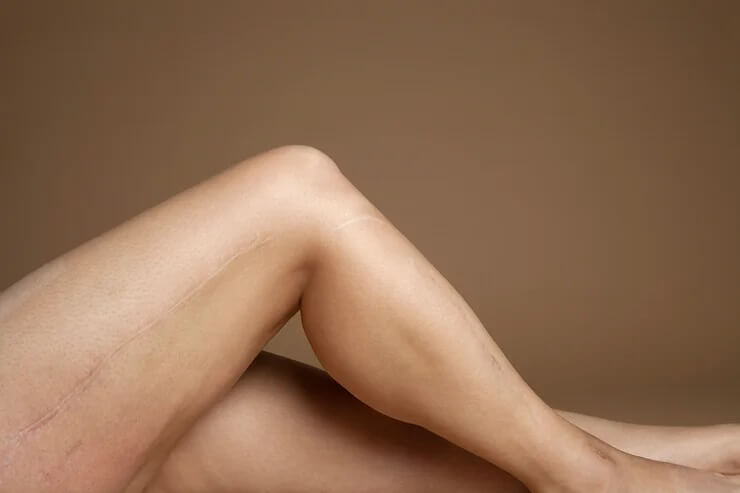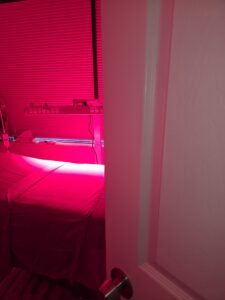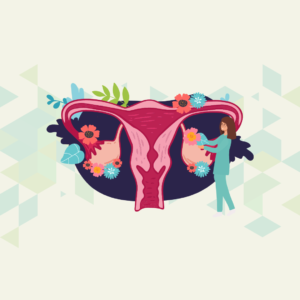Massage for Scar Tissue and Adhesions
Our bodies possess the amazing ability to heal and adapt to various challenges. However, sometimes the healing process itself can lead to unintended consequences. Scars and adhesions, often overlooked aspects of the healing process, can contribute to painful conditions that hinder our range of motion and quality of life. In this blog I will discuss the problem that scars and adhesions and cause such as decreased range of motion and pain and how massage can help to restore proper function due to the ability of massage for scar tissue and adhesions.
What’s the deal with massage for scars and adhesions?
Scars and adhesions are the body’s natural response to injury or surgery. When the skin, muscles, or connective tissues are damaged, the body initiates a healing process that involves the formation of scar tissue. Scar tissue is a fibrous material composed mainly of collagen, which is less flexible than healthy tissue. Adhesions, on the other hand, occur when scar tissue binds adjacent structures together, restricting their movement. While scar tissue and adhesions are essential for wound closure and tissue repair, they can sometimes lead to discomfort and reduced functionality.
When scar tissue and adhesions form excessively or inappropriately, they can lead to several painful conditions:
-
Reduced Range of Motion:
Scar tissue and adhesions limit the flexibility and elasticity of muscles, tendons, and other soft tissues. This can lead to stiffness, reduced joint mobility, and difficulty performing everyday activities. For example: falling on your shoulder can lead to the inability to raise your arm due to the restricting nature of the adhesions. -
Muscle Imbalances:
Scar tissue can disrupt the normal alignment of muscles, causing imbalances that affect posture and movement. Over time, these imbalances can contribute to chronic pain and even increase the risk of new injuries. -
Chronic Pain:
Adhesions can cause nerves to become trapped or compressed within the scar tissue. This nerve entrapment can lead to chronic pain that radiates through the affected area or even along nerve pathways.
The Solution of Massage for Scar Tissue And Adhesions : Massage Therapy to Reduce Adhesions
Massage therapy has emerged as a promising approach to addressing scar tissue and adhesions. Utilizing skilled techniques can assist in releasing these restrictions and to promote healing. You should employ a massage therapist that specializes in reducing scars and adhesions and also a therapist that will provide stretching to retrain the body to function properly. When administered correctly, regular massage therapy sessions can yield numerous benefits:
-
Improved Range of Motion:
By breaking down scar tissue and adhesions, massage therapy can restore flexibility and increase the range of motion in affected areas. -
Pain Relief:
Through the reduction of nerve entrapment and tension, massage therapy can alleviate chronic pain and discomfort caused by scar tissue and adhesions. -
Enhanced Circulation:
Massage stimulates blood flow, which can promote the delivery of nutrients and oxygen to damaged tissues, aiding in the healing process. -
Prevention of Future Injuries:
By addressing muscle imbalances and restrictions, massage therapy can help prevent new injuries that might occur due to altered movement patterns.
Decreasing Pain by Reducing Scars and Adhesions
The body’s healing mechanisms are remarkable, but they sometimes need assistance to prevent the development of painful conditions caused by scar tissue and adhesions. Massage therapy offers a natural and effective solution to release these restrictions, promoting increased range of motion and significant pain relief. By understanding the role of scar tissue and adhesions and seeking the benefits of skilled massage therapy, individuals can embark on a journey toward improved physical well-being and a higher quality of life.
Yolanda is trained and has developed a protocol that decreases scars and adhesions. Book an appointment to achieve less pain and to increase circulation.




